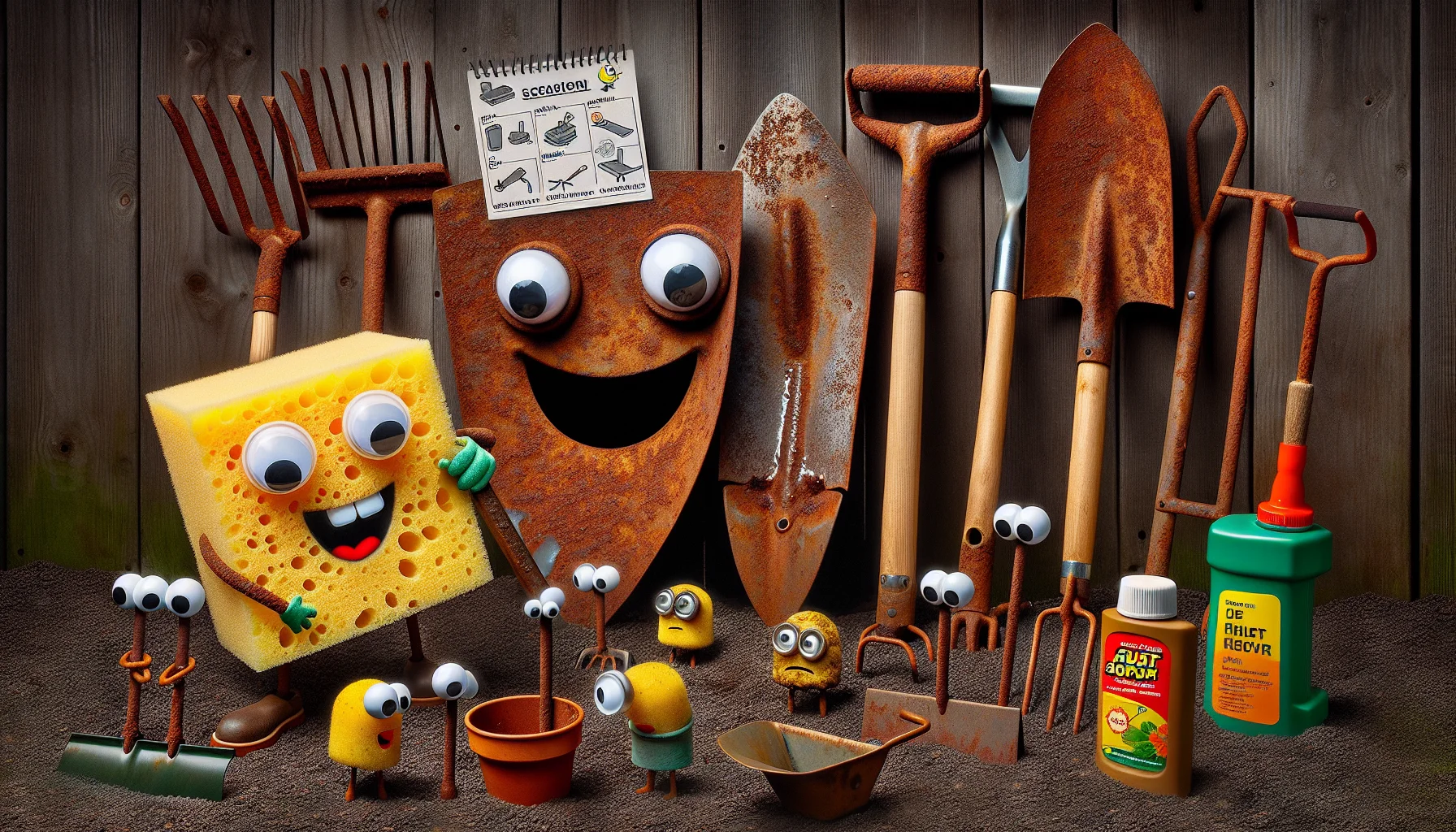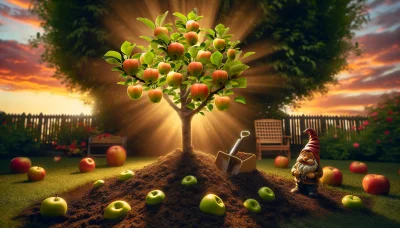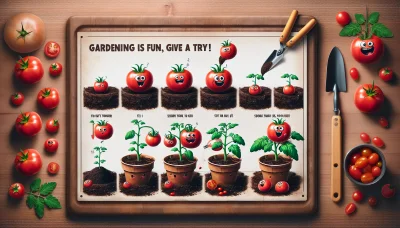How to clean rusty garden tools Quiz
Test Your Knowledge
Question of
How to Clean Rusty Garden Tools
Maintaining garden tools is essential for any gardener looking to keep their equipment in top shape for years to come. One of the most common issues that can affect the longevity and effectiveness of these tools is rust. Rust not only compromises the functionality of garden tools but can also make them unsafe to use. In this guide, we'll explore effective methods for removing rust and preventing its return, ensuring your garden tools remain in pristine condition.
Why Do Garden Tools Rust?
Garden tools rust primarily due to exposure to moisture. When the metal parts of garden tools come into contact with water and oxygen, a chemical reaction occurs, leading to the formation of iron oxide, or rust. This process is accelerated in environments with high humidity or when tools are left wet after use. Additionally, lack of proper storage contributes to rusting. Tools that are stored in damp conditions or not cleaned and dried before storage are more susceptible to rust. Ensuring tools are dry and stored in a dry, ventilated area can help prevent rust formation.
Materials Needed for Cleaning Rusty Tools
- Vinegar
- Baking Soda
- Steel Wool
- Protective Gloves
Step-by-Step Guide to Removing Rust
Removing rust can seem daunting, but with the right tools and techniques, you can restore your metal items to their former glory. Follow this comprehensive guide to effectively remove rust, step by step, from preparation to the finishing touches.
- Gather Your Materials: You will need protective gloves, a mask, a wire brush, sandpaper (various grits), white vinegar, baking soda, a clean cloth, and rust-preventative paint or sealant.
- Safety First: Put on your gloves and mask to protect your skin and lungs from rust particles and chemicals.
- Scrub Off Loose Rust: Use the wire brush to scrub the surface vigorously to remove any loose or flaking rust. For tougher rust, you might need to use a drill with a wire wheel attachment.
- Apply a Rust Remover: If the item is small enough, soak it in white vinegar for a few hours. For larger items, soak rags in vinegar and wrap them around the rusty areas.
- Rinse and Dry: After the vinegar treatment, rinse the item with water and dry it thoroughly. Rust forms quickly on wet metal, so ensure it's completely dry.
- Sand the Surface: Use sandpaper to smooth out the surface and remove any remaining rust. Start with a coarse grit and work your way up to a finer grit for a smooth finish.
- Neutralize Rust Residue: Mix baking soda with water to create a paste and apply it to any areas that were rusted. This neutralizes any leftover rust. Rinse and dry thoroughly.
- Apply a Protective Coating: To prevent future rust, apply a coat of rust-preventative paint or sealant, following the manufacturer's instructions for application and drying times.
- Regular Maintenance: Regularly inspect and clean the item to prevent rust from forming again. Quick action at the first sign of rust can save a lot of effort later on.
Preventing Rust on Garden Tools
To keep your garden tools in the best condition and prevent rust, it's essential to follow a few key steps. First, always clean your tools after use. Soil and plant material left on tools can retain moisture and contribute to rust formation. Use a brush or cloth to remove debris and then wash the tools with water. After washing, thoroughly dry each tool with a clean cloth. Moisture is the primary cause of rust, so ensuring your tools are completely dry before storage is crucial. Lastly, store your tools in a dry, protected area. Hanging them up or keeping them off direct ground contact can further prevent moisture exposure and rust. For added protection, you can lightly coat the metal parts of your tools with a thin layer of oil. This creates a barrier against moisture and extends the life of your garden tools.
When to Replace Garden Tools
Garden tools are essential for maintaining a healthy and beautiful garden, but they don't last forever. Knowing when a tool is beyond repair and needs to be replaced can save you time and help prevent injury. Signs that indicate it's time for a new tool include broken handles that can't be securely fixed, rust that has deeply pitted the metal making it weak or difficult to use, and blades that are bent, cracked, or so dull that they can't be sharpened effectively anymore. Additionally, if the tool causes discomfort or strain due to wear and tear, it's likely time for an upgrade. Paying attention to these indicators will ensure that your gardening is efficient, effective, and enjoyable.
Conclusion: Maintaining Rust-Free Garden Tools
Maintaining rust-free garden tools is essential for extending their lifespan and ensuring they remain effective and safe to use. Regular maintenance, including cleaning and drying tools after each use, applying a protective coating, and sharpening the edges, plays a crucial role in preventing rust and wear. Proper storage, such as hanging tools in a dry, ventilated area or storing them in a toolbox with moisture-absorbing materials, further protects them from corrosion. By investing a small amount of time and effort into the care of garden tools, gardeners can save money in the long run and enjoy a more pleasant and productive gardening experience.












